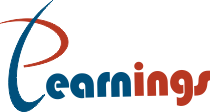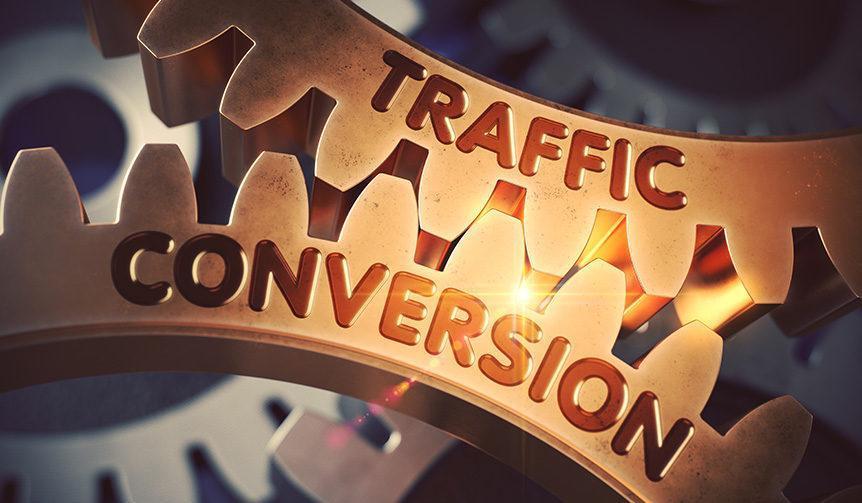Helping website visitors take the next step when they land on the right web page
Think about the web pages and sites you like the most when you get to them after searching the web through Google or Bing. Usually, they’re the ones that have all the information you need on one page.
You don’t have to click on the website to find a contact number or pricing or product benefits. This type of web page is referred to as a targeted landing page as it makes it easy for the visitors to make a decision and take the next step.
What is a Landing Page?
A landing page is a page that people reach first through internet searches, online advertising, and pay-per-click ads. It’s often not the home page of a website, but actually, a page that has the keywords on it that match the search phrase used by the visitor.
You can use a website statistics package such as Google Analytics to identify the top landing pages of your website. You may be surprised that many people enter your website through pages other than the homepage. These other landing pages are important as they identify what people visiting your website are most interested in.
Benefits of Targeted Landing Pages
- Highlights a specific product or service that you want to sell.
- Visitors get the information that they want all on one page.
- Increases website traffic for specific search phrases.
- Improves organic SEO rankings for your website.
- Makes paid search and online banner advertising more effective, saving money in the long run.
- Adds content to the website that visitors find valuable and that search engine spiders will index.
- With Analytics, allows you to correlate website traffic with prospects, sales, and customers.
Creating Targeted Landing Pages
A targeted landing page is very specific in its purpose and content. If will focus on one product, service, or concept that you want to promote on your website. Use the following guidelines when creating landing pages:
- Choose the topic of the landing page – one product, one service, or one concept.
- Identify the page’s goal such as selling a product, getting a phone call for services, signing up for the mailing list, completing a survey.
- Research keywords using Wordtracker or the Google Adwords Keyword Tool. This step is very important as it tells you what real people are searching for on the internet related to your page topic. Keep in mind that what you call your product or service may not be what people searching on the internet call it.
- Identify the benefits that the visitor will get if they take advantage of the product or service on this page. Link to articles or information by experts that support your claim of the benefits.
- Describe what is included with the product or service.
- Identify links to the related page on your website.
- Consider adding a special offer related to this page, such as a discount or coupon or free PDF guide related to the page topic.
- Include a clear call to action that helps you reach your goal – order the product, make an appointment.
- Write the page content using all of the above and optimize it using keywords from your research. The contents should be easy to read, concise, include headings, lists, and supporting photos or images. Remember, you want people to make a decision to take the next step in the process.
- Optimize the page title, meta description, and the meta keywords to match your content.
- Advertise the new web page by word of mouth, email, social media, or other means.
How many targeted landing pages should your website have?
If you treat every page as a targeted landing page, then you will have a content-rich, search engine friendly website with information that people are searching for on the web that helps support selling your products or services. In order to get started, identify one or two key services or products that are popular or that you want to promote. Then follow the above guidelines to create your target landing pages.

